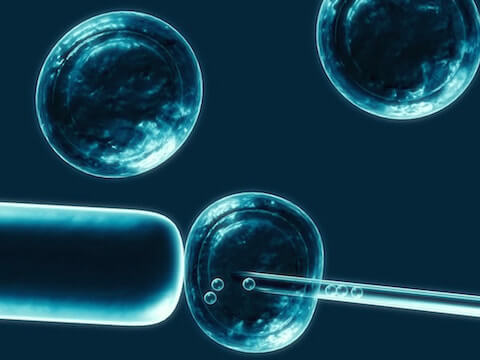Can Stem Cells Aid In Regenerative Medicine For Patients?
 The use of stem cells to promote healing in patients has been discussed, as well as studied, for years in the scientific community. A recent study showed nestin-expressing stem cells of the hair follicle able to cause the formation of outer-root sheaths of the follicles as well as neurons and a number of other non-follicle cell types. These nestin-expressing stem cells were named hair-follicle-associated pluripotent stem cells or HAP stem cells.
The use of stem cells to promote healing in patients has been discussed, as well as studied, for years in the scientific community. A recent study showed nestin-expressing stem cells of the hair follicle able to cause the formation of outer-root sheaths of the follicles as well as neurons and a number of other non-follicle cell types. These nestin-expressing stem cells were named hair-follicle-associated pluripotent stem cells or HAP stem cells.
How do the HAP stem cells play a part in the repair of peripheral spinal cord and nerve injuries? The hair follicle stem cells split into glial and neuronal cells once they are transplanted to the injured peripheral nerve, as well as the spinal cord, and then they enhance locomotor recovery and injury repair. Once the excised hair follicle, along with its nerve stump, was placed in Gelfoam(®) 3D histoculture, the HAP stem cells grew and also extended the nerve of the hair follicle which consisted of βIII-tubulin-positive fibers with F-actin expression at the tip.
What do these stem cell research findings mean in terms of helping patients? They indicate that the βIII-tubulin-positive fibers dangling from the whisker follicle sensory nerve stump were growing axons. In turn, the growing whisker sensory nerve had a large number of HAP stem cells which played a major role in both its elongation and interaction with other nerves such as the sciatic nerve, the trigeminal nerve and the trigeminal nerve ganglion. The results suggest one of the major functions of HAP hair follicle stem cells is aiding the growth of the follicle sensory nerve. The results also suggest that HAP stem cells have an advantage over other stem cells when it comes to regenerative medicine because they are easy to access from each patient. This easy access means they require no genetic manipulation so they don’t pose any ethical issues.


